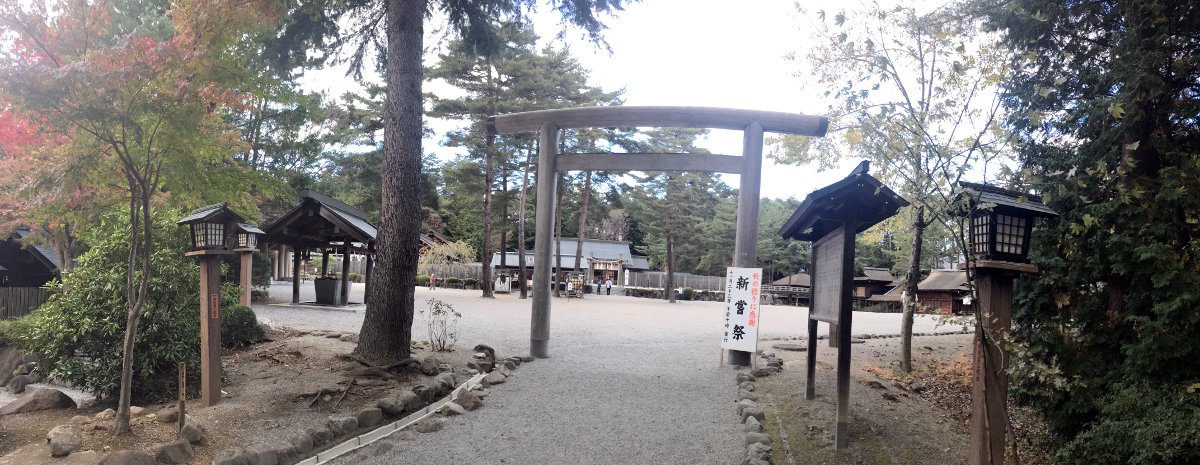
On October 20th 2016, with two other Englishmen in their sixties, carrying back packs and wearing stout boots, I set off from the town of Tanabe to strike a path through the mountain ranges of Japan’s Wakayama Prefecture. Our week-long journey would take us through the southern third of the Kii Peninsula that drops down from Nara and Osaka. We were following a thousand year old pilgrimage road called the Kumano-Kodo.
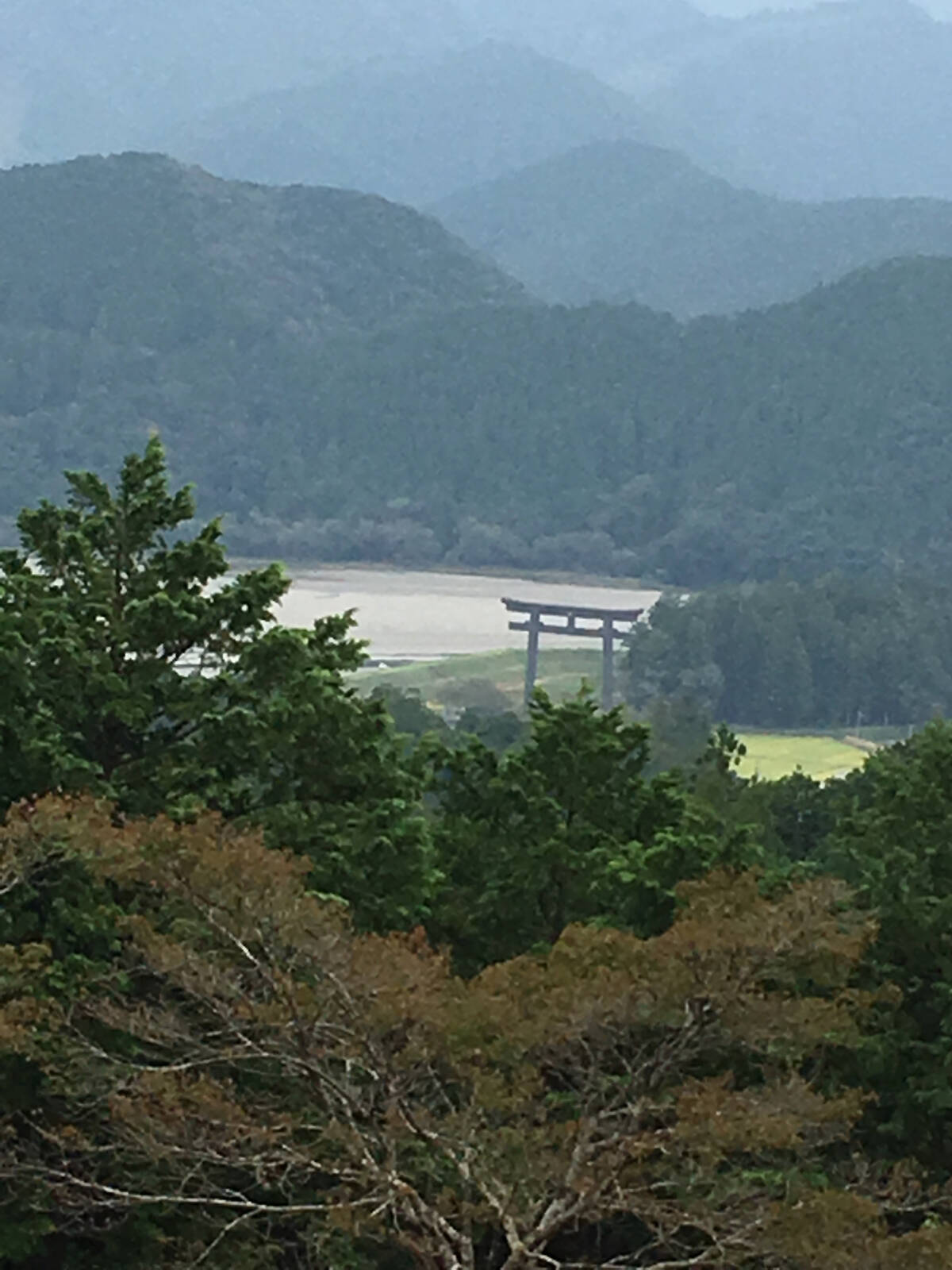
…in the v of a distant mountain range, once an isolated torii, a ceremonial gate standing guard over a lake…
I had no grand expectations. The route had been chosen arbitrarily from the internet for the comfort of our decrepit knees rather than any specific cultural goal. There were more famous temple trails in Japan – the 100-mile Basho tour, the 88 Temples in Shigaku, the Five Edo Roads. They all promised beautiful countryside and much Buddhist merit – but the more obscure Kumano-Kodo offered softer gradients and, apparently, more hot baths. Laurence and I had already done the ‘hard’ pilgrimage to Santiago di Compostela in Europe a year before (see https://www.adam-williams.net/2015/11/23/camino-walking-the-pilgrimage-trail-to-santiago-di-compostela-with-adam-williams/). We were looking forward to a pleasant jaunt, a reunion of childhood friends. I had not seen Laurence’s brother, Rollo, for more than 40 years.
Alas, ‘gentle’ is a relative term in Japanese hill walking context. The precipitous needle-covered pathways through the impenetrable forests of pine trees were tangled with sinuous roots ever ready to trip the unwary boot. Very often the narrow path disappeared in outcrops of jagged rocks. There were occasions on the ridges when the drops on either side were fathomless. Once we foolishly took a ‘short cut’ up a mountain at dusk and found ourselves with only one headlamp between the three of us, negotiating a 200 M ascent and 100 M descent in rain and pitch black night. Each step had to be illuminated to avoid obstacles, any of which might have hurled us down a precipice. Our knotted limbs and muscles only relaxed after a sake-fuelled banquet served to us in the tatami room of a traditional Japanese inn, followed by a soaking in an outdoor onsen looking up at the stars. After that we treated the mountains with more respect, taking a bus when the road looked too demanding, or with enormous pleasure travelling by boat through steep gorges. The first thing the pilgrimage taught us was how to act our age.
Not that I’m trying to make our expedition sound like hardship. Any strain on our creaking bodies was more than compensated by the pleasure we took from the amazing scenery. I had been wrong to be blasé. My childhood memories are full of picturesque Japanese scenes – colourful cloth fishes floating like flags on poles with Mt Fuji shining in the distance, clinging to my father’s shoulder as we swam across a bottomless mountain lake to a picnic site in the central highlands of Kyushu, rain falling from the eaves of temples, the sweet distinctive aroma of the earth after a shower, one sniff of which still recalls my younger self in a yukata chasing crickets and geckos – but I had never ever been anywhere in Japan as wild as these southern mountain ranges. As far across the horizon as we could see, blue and grey hills folded into each other in patterns that became indistinguishable with the clouds. Like a kaleidoscope the scene shifted as we rounded each bend of a ridge, sometimes to reveal a temple in the v of a distant mountain range, once an isolated torii, a ceremonial gate standing guard over a lake, peaks behind and green forests rolling down to the shores. At these times the landscape became a screen painting, each scene framed by the leaves of the trees and bushes around us.
More often as not there were no signs of human habitation, only endless vistas of raw Nature. Kumano-Kodo, the name of the pilgrimage path we were travelling, means literally Bear Country Old Road. Some of the hills in the distance were named after animals – one range was called Kobiro, which means ‘howling of wolves’. The wolf packs that haunted the forests there were considered to be spirits or kami of the mountains. Other peaks were named after gods and famous heroes. There were times, especially if for hours we had not seen fellow pilgrims, when we sensed this elemental nature shimmering beyond the trees, welling up from the earth – a countryside where legend and reality merged in one’s mind. One also began to get an impression of the remoteness of these mountains.
We never felt alone. We sensed that within the shady green colonnades of closely packed pine trunks life seethed. Occasionally a long grass snake would slither across our path, strange red crabs scuttled from rock to rock, we saw monkeys, foxes – once a huge, antlered stag. Because of their usual invisibility, however, there was a sense of immanence about these creatures. We began to imagine an unseen but parallel world where animals were real but also spirit, and by extension the beauty of trees, rivers, mountains, stones might also have been absorbed into that realm – the shaft of sunlight, for example, radiating a grove, or wind blowing leaves over the face of a rock, seemed to have an anthropomorphic quality – one sensed a figure, a face, movement, suddenly bringing that inanimate object alive. That rock, that tree, that stream might even be divine. Without quite intending, we were becoming susceptible to the Shinto belief in kami.
At first self-consciously, lampooning ourselves in our shyness, we began to imitate the Japanese pilgrims bowing to the roadside shrines or oji that we came across along the path. It did not take long before our bows, the claps of our hand, the moment of silence and prayer, had become serious. It was not exactly that we believed, but our reverence had become genuine. In all these places, we were aware of a psychic atmosphere, a Numen – such as I had come across as a youth when I thought I heard Pan’s pipes high up on Mt Olympus, or like the spiritual centres along the Apollo line like Dodona, Delphi, Gargano and Skellig, or once in a ruined Buddhist monastery in Outer Mongolia. These were holy places.
The Kumano-Kodo has a history of more than 1000 years. We had not quite realized it before we came but it is the most sacred Shinto pilgrimage in Japan. During the Heian Dynasty it became an Imperial way. Emperors and their consorts would progress from far away Kyoto to visit the three grand shrines or taisha of Hongu, Hayatama and Nachi, before making their way north again via Ise Taisha, the Royal Shrine where the ancestress of all the imperial dynasties, the mother goddess, Amaterasu, has her home. The Kumano-Kodo is not one road like the link to Compostela in Europe, but a criss-crossing collection of ridgeways connecting the various taisha.
During their journeys emperors would halt in spots in the forest that they considered particularly sacred. Invariably they would leave behind them an oji to whatever spirit or kami inhabited that area. It was these oji that we came across during our walk.
Sometimes all that remained were rocks or tablets, their inscription so much smoothed and faded by weather and time as to be indecipherable. In these cases, only the tradition that such and such an emperor had stopped here and was touched by the beauty, or was miraculously provided with food, or overcame a demon, was recorded on a modern plaque. Others were in good shape, with painted wooden altars and stone-carved lanterns. Some had statues on plinths, of foxes, or owls or dragons, which immediately made clear what kami was being worshipped. Every oji honoured a different spirit. At one shrine, the kami inhabited magnificent cedar trees, in another the kami was a river along which an emperor had travelled for a section of his journey by boat. There were poignant stories. Close to the oji with the cedar trees, beside a small teahouse, stood the remnants of what had once been a beautiful cherry tree. Here, in a cave, an emperor’s consort had given birth to a child, who, for obscure reasons of state or protocol, had to be abandoned. Before they went on their way, the grieving emperor and consort planted a cherry tree in the hope it would “care for the infant’s well-being”. The tree became the spirit of the place. Another oji marked the grave of an anonymous pilgrim whose body had been discovered frozen in the snow with a gold coin in his mouth. He is now kami protecting travellers thousands of years later.
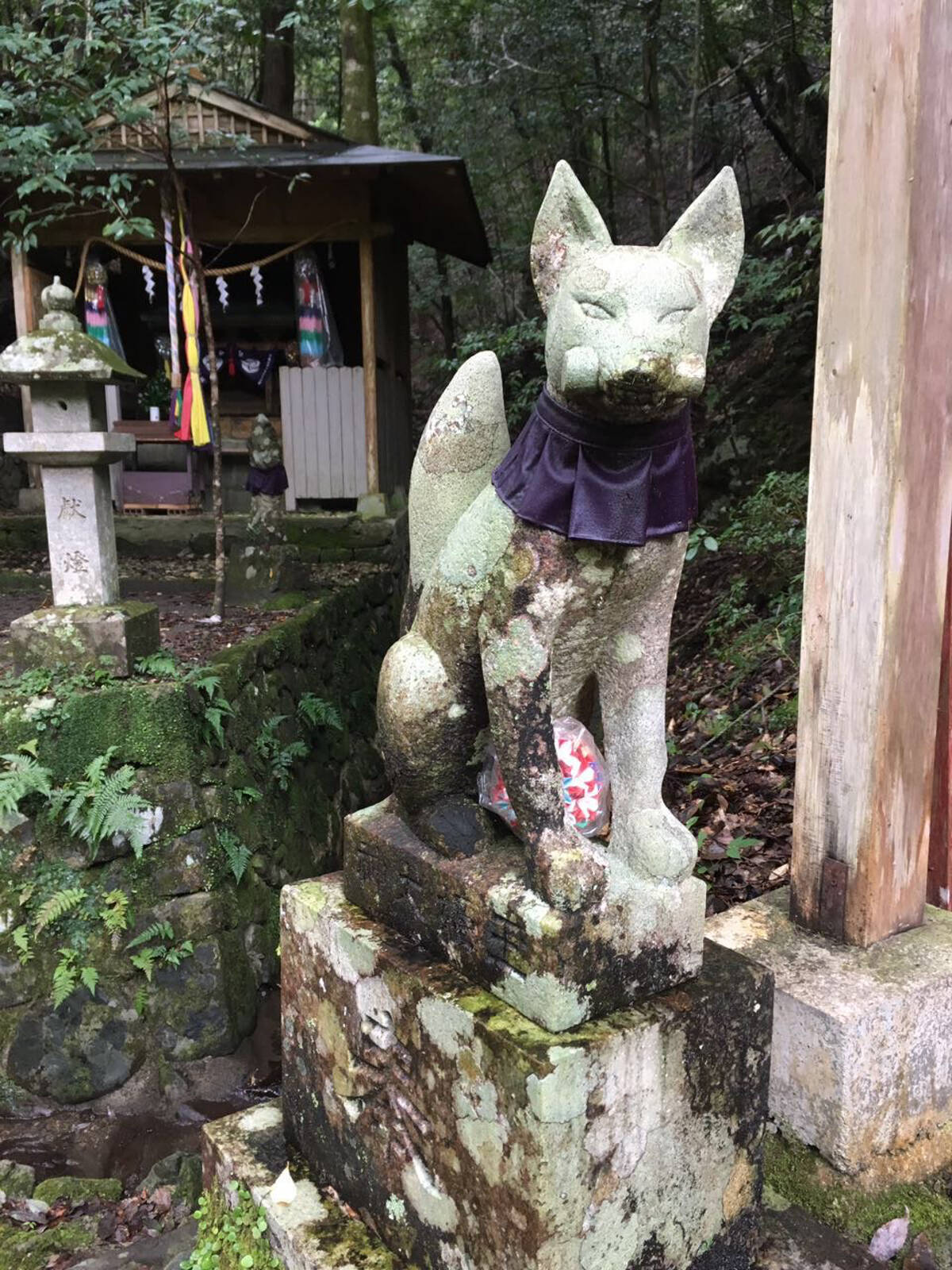
Some had statues on plinths, of foxes, or owls or dragons, which immediately made clear what kami was being worshipped.
In many ways this was a journey through a storybook. I should not have been surprised. As a child I had heard stories like these – the equivalents of Peter Rabbit in a Japanese nursery are tales of kami. To this day when I see rain and sun in the sky at the same time, I know it is because a badger is marrying a monkey. Nowadays the kami have made their way into Japan’s wonderful cartoon films, the anime of Miyazaki and other great animators. In My neighbor Totoro two children go to the countryside and meet comical woodland spirits who become their friends. The fat, amiable and wise Totoro is now a TV character in his own right and he has a catchy theme song of his own. When we reached our first major shrine, Hongu Taisha, we stepped through a small gate into the stillness of a grove of trees, where immediately we felt the sort of Numen we had encountered with less intensity at some of the wayside shrines. We were standing awed by the natural sanctity and the silence, when suddenly a bird flew overhead, and we heard its cry: “To-toro…To-toro…” It was uncanny. It had the same tune as the TV song.
It was in the taisha that the depth and subtlety of Shinto really came home to us. At first glance these wooden buildings could be any temple anywhere. Worshippers wandered as they do through temples and shrines throughout the world. Priests in 8th century court dress would walk busily by. The courtyards were full of prayer sheets, talismans and souvenirs. One by one, after they had purified themselves in a ritual washing of hands, the devout would pull the hanging bells at the gates of the shrines, then clap and bow, as in a Buddhist or Hindu temple a devotee would pray in front of a statue – but then one realized that there were no statues. When the wind flapped the curtains of the shrines, there was nothing there, only a mirror, reflecting oneself. But that of course was the point. For those who were sensitive enough, or humble enough, the kami did manifest. Their invisible presence brought comfort. And in that silence and stillness lay their colossal power.
It was the Nachi Taisha which affected me most. It was the largest, most elaborate complex of buildings we had come across, perched on top of a mountain, which to get to one had to climb up thousands of steps through an eerie forest. Again, in the shrines, there was stillness and silence, with only the sound of rain dripping from the eaves. There was a mighty kami here – a waterfall no less, which we could see in the distance, a white line on a black cliff, on the opposite hill.
It is when one stands underneath it that one realizes why this is one of the holiest places in Japan. It takes a moment to understand it, awed as you are by the wild beauty, the spray and the sheer power of the falling water above you. It is when you see the shape of the fall, the long line of water coming down the cliff breaking on a rock and diverging, forming a cleft over which the white water froths like sperm, that you grasp the stunning implication. This is the vulva of the Mother Goddess Amaterasu, there before your eyes, in the natural play of raw elements of rock and water, is manifested the formation of life — there is gestation, there is birth — and even more mysteriously, as the water folds and fades, one becomes aware of a figure behind the fall, the shape of the goddess herself, appearing and disappearing. One does not have to practice Shinto to appreciate the power of this mystery. One is as humbled as one might have been if one had penetrated the inner shrine of the Parthenon and stood before the statue of the Goddess Athena– but this religion goes back thousands of years further than ancient Greece. The earliest hunter-gatherers would have stood in wonder at this sight as we tourists do today.
That was really the end of the Kumano-Kodo for us. We spent the last day relaxing by the coast in a comfortable hotel that had hot onsens in which one could sit looking at the calm of the bay, listening to the lap of the waves.
Our appetites had been whetted, however. The next day we took the train north, to pay our respects at the most holy of all the taisha, the imperial shrine at Ise.
(postscript: as I mentioned, Laurence and I had last year undertaken the pilgrimage to Santiago. Bizarrely, we discovered that the tourist boards of Galicia in Spain and Wakayama in Japan had signed a twinning contract to pair the Roman Catholic Camino and the Shinto Kumano-Kodo. At the Hongu Taisha, therefore, we applied and were given a certificate confirming that we were ‘Double Pilgrims”. This allows us to wear proudly a badge showing the conch shell of the European pilgrimage and the three legged black crow of the Japanese one. We were reasonably smug about our achievement I suppose, but it also made us wonder, because, the occasional hardships excepted, our experiences had been very different on each road.
The Camino in Spain is harsh, austere, guilt ridden, demanding. The Kumano makes no demands on your soul or indeed your conscience. The kami don’t accuse you like the Saints do if you take it easy! A Shinto pilgrimage is comfortable and forgiving, with inns at the end of the day offering good food and onsens to soak in. And always as you walk among the flowers, forests and hills, you feel life scurrying along around you. The atmosphere is benign with a gentle veneration for Nature moving sometimes towards the mystical and numinous … In Spain you march in somber penance to the tomb of St James the Moor Slayer.
Both have their place in the puzzled journey of the human spirit. Whatever road one chooses in this life it will never be easy. For three English gentlemen slightly beyond the prime of their lives, in the troubled year of 2016, a gentle stroll with the amiable Totoro, was all that could be desired!)
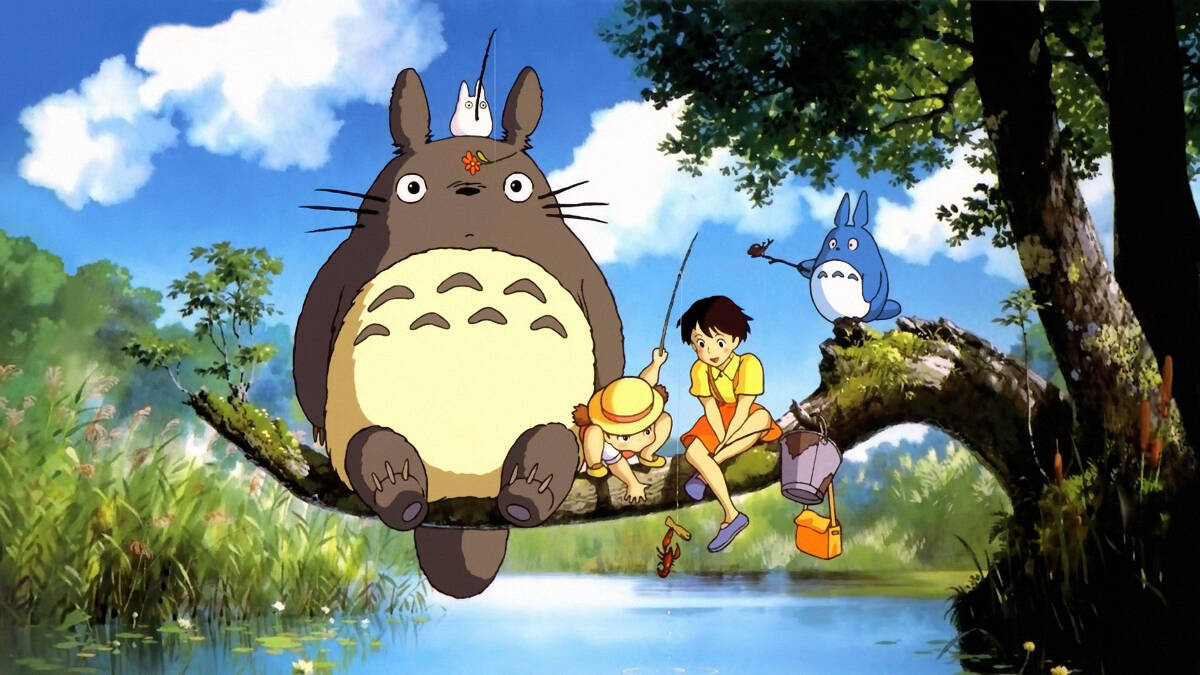
My Neighbor Totoro – screenshot © Studio Ghibli
https://vimeo.com/authoradamwilliams/walking-the-kumano-kodo
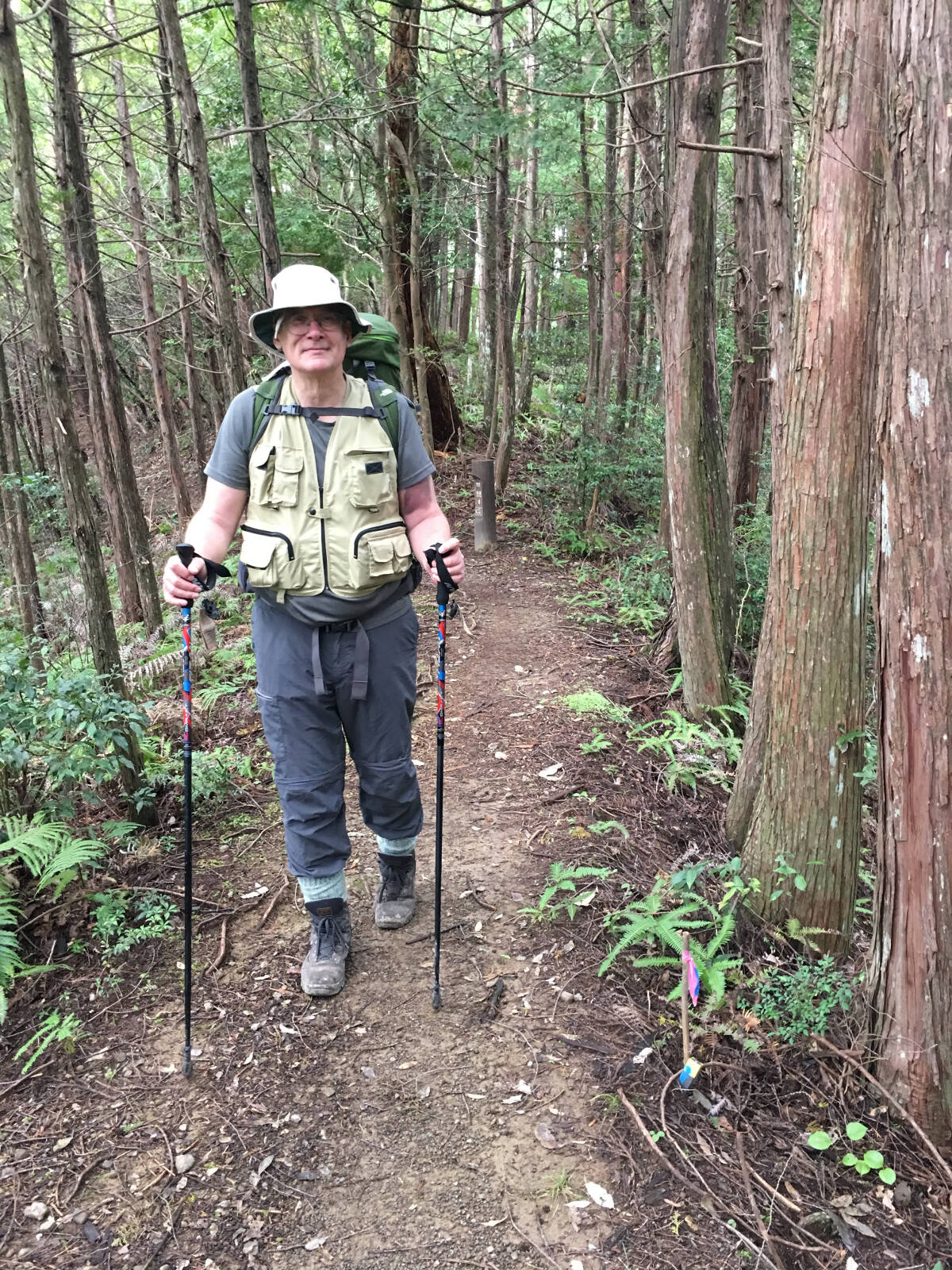
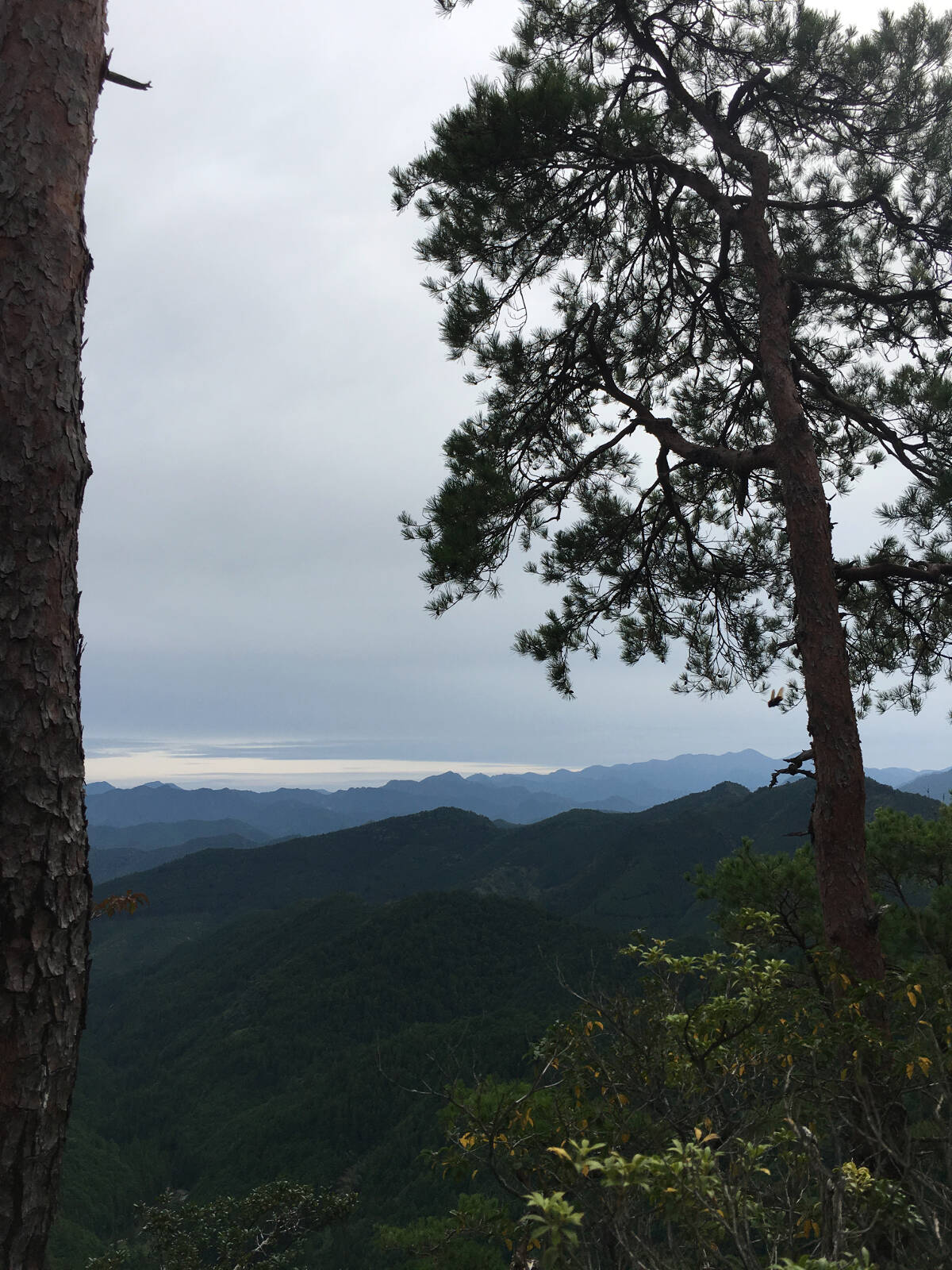
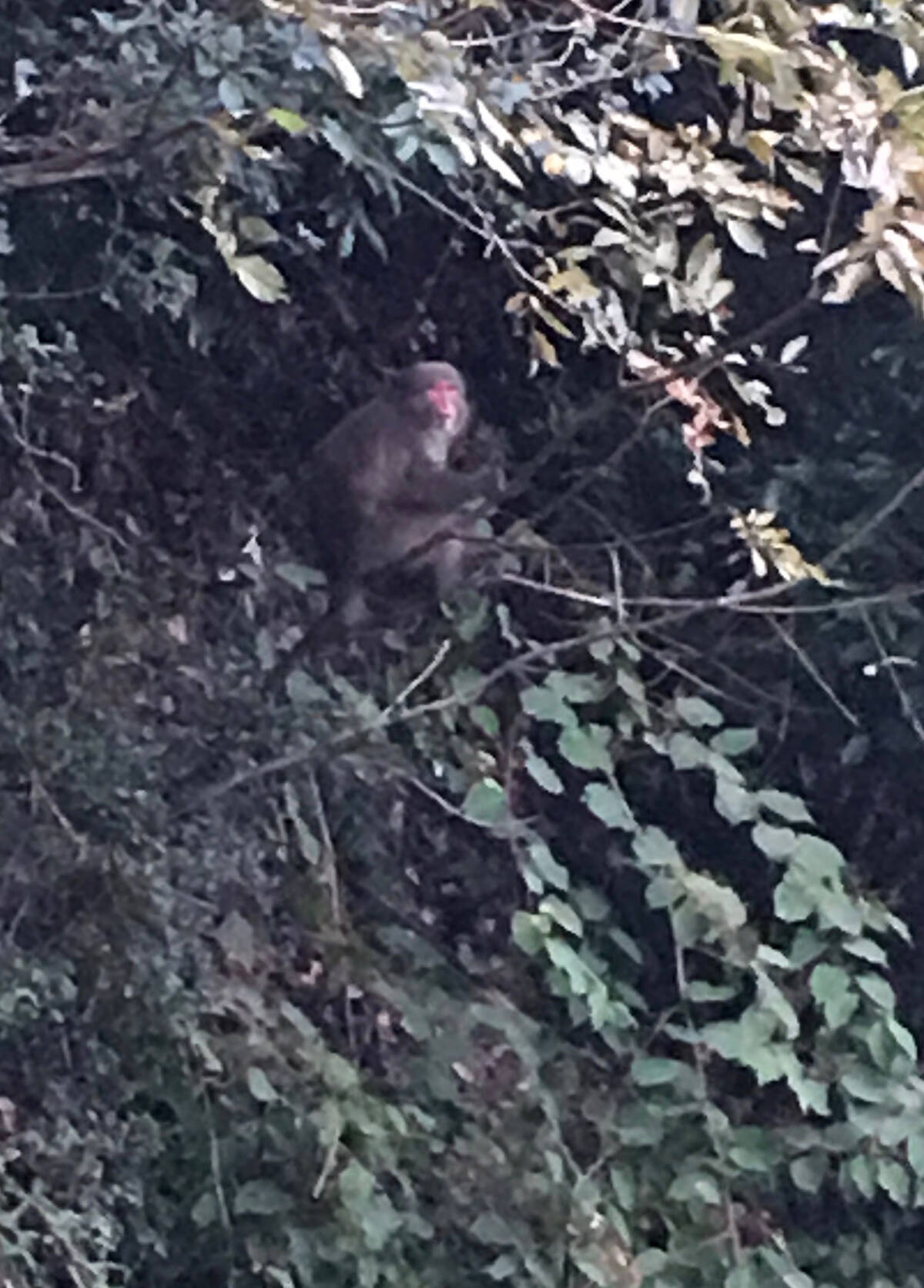
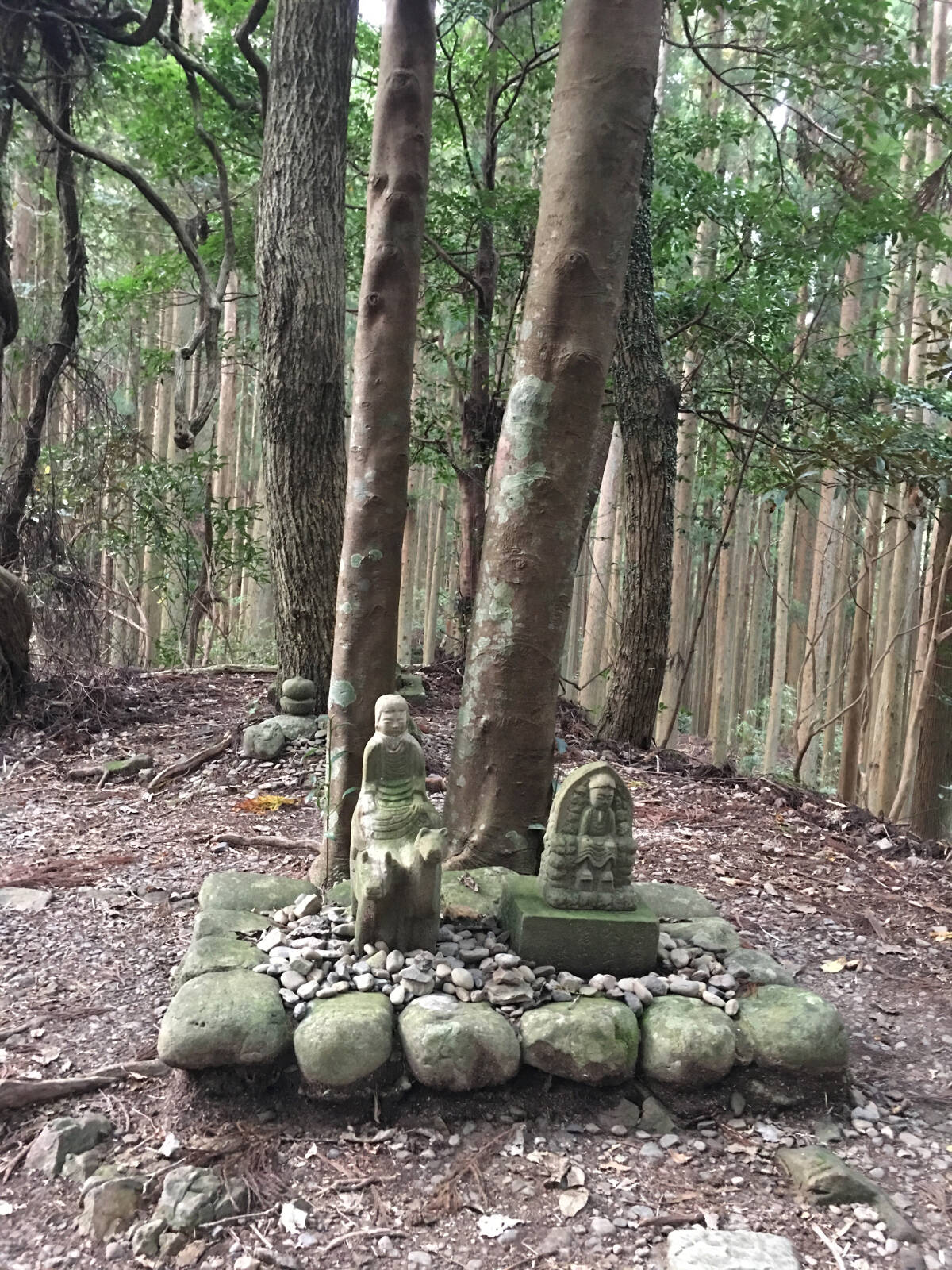
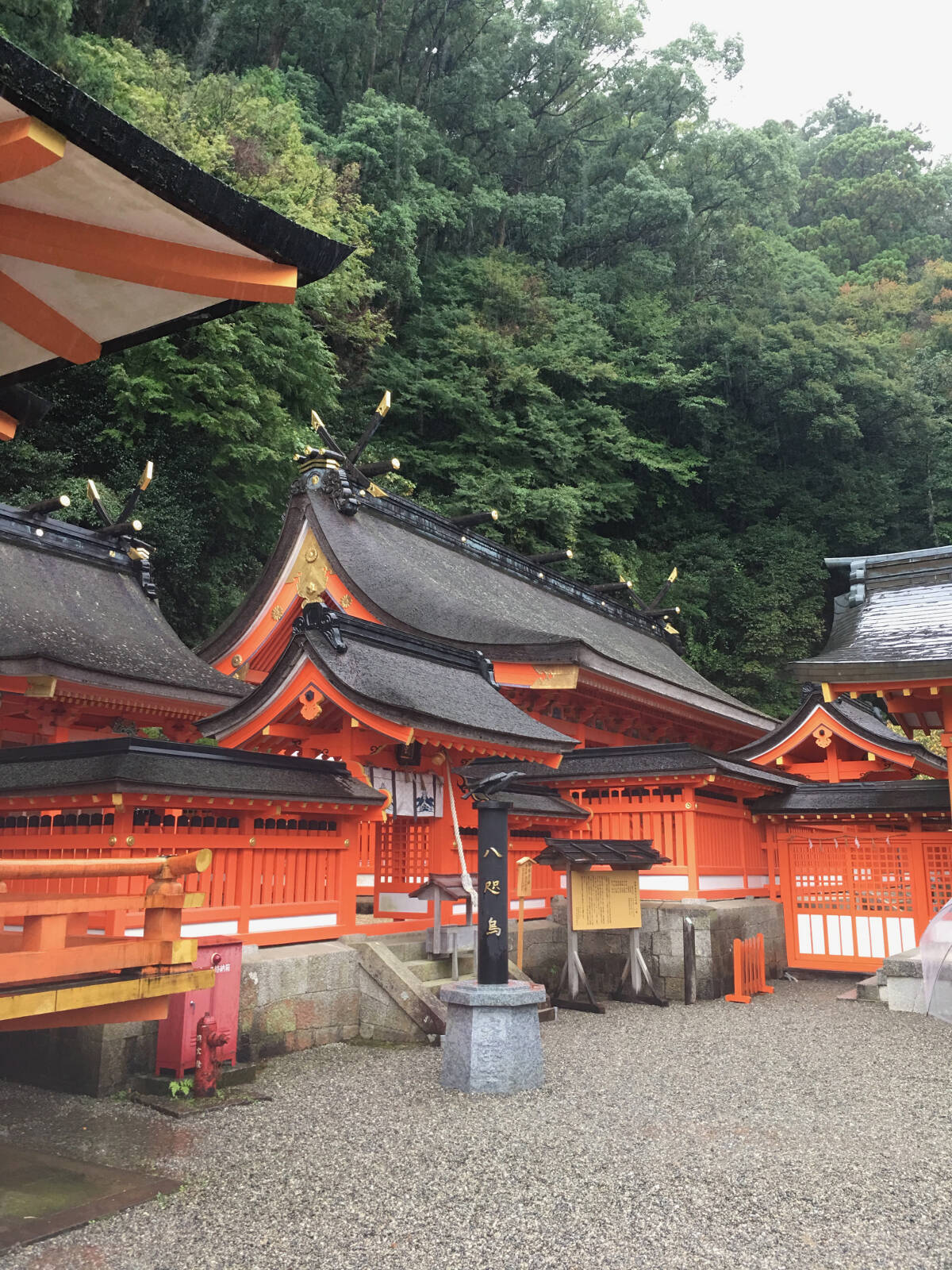
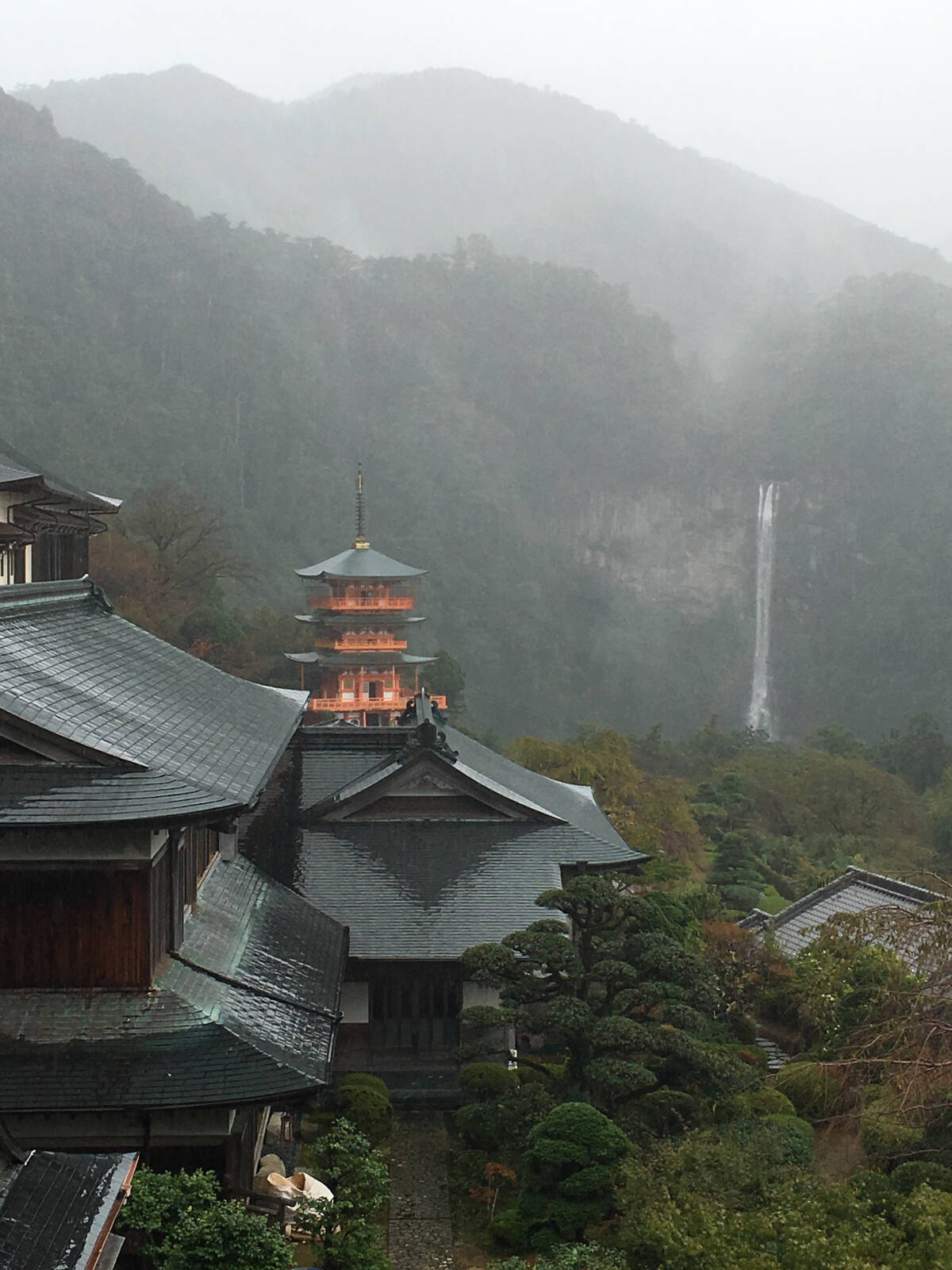
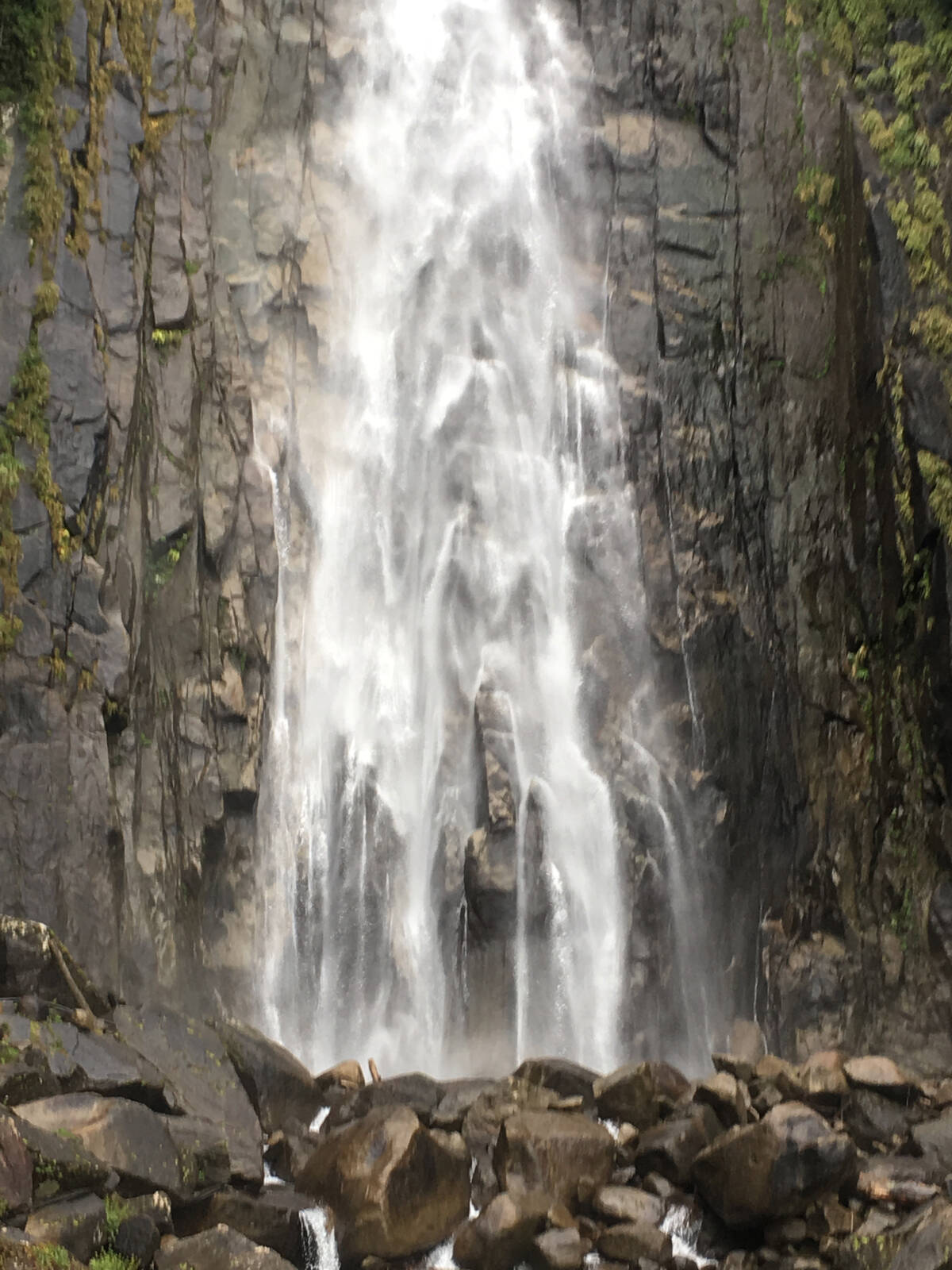
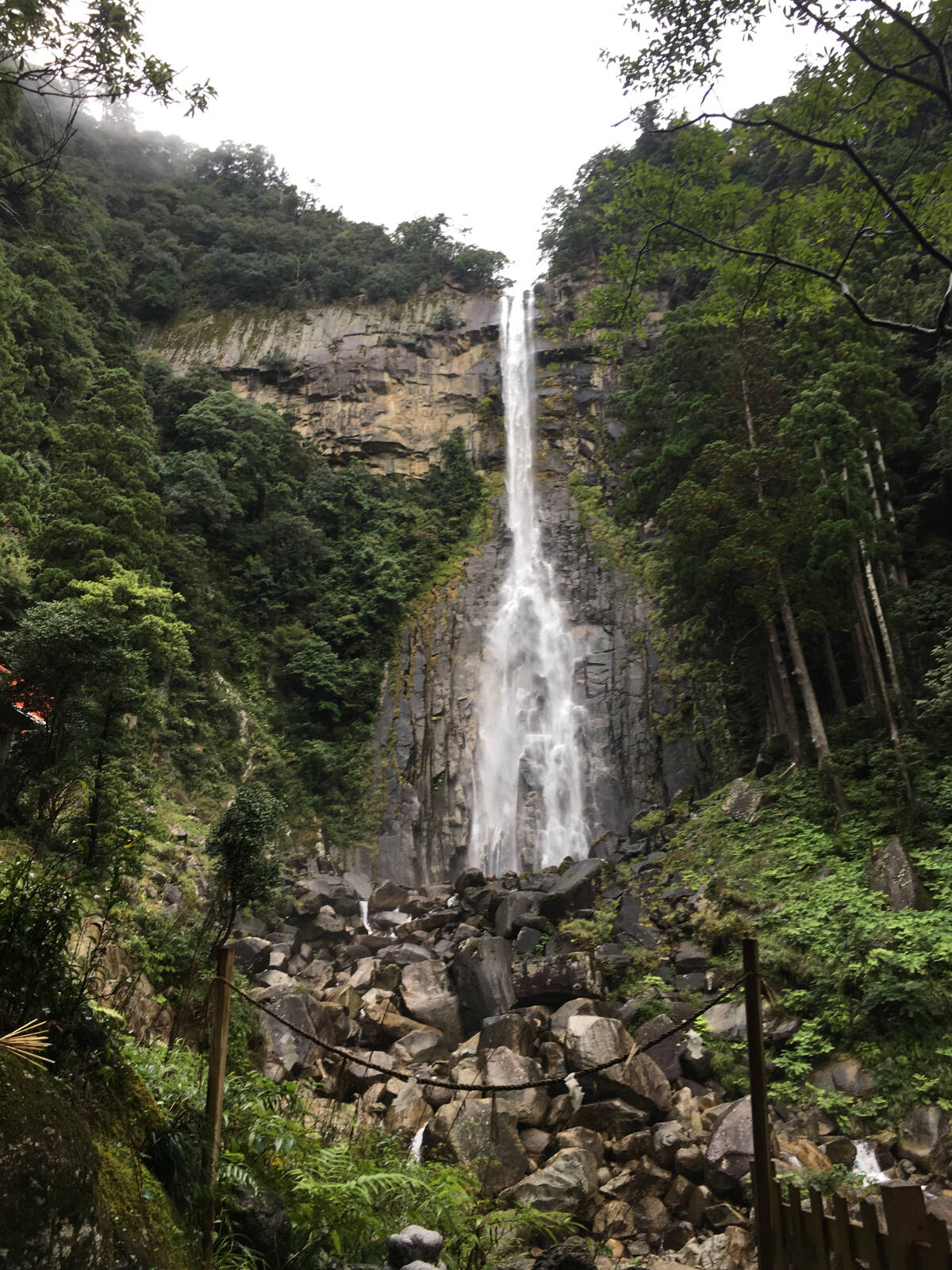


Splendid! Thank you so much for sharing your experience, I read it with great pleasure. I hope all of you are well, greetings from the Czech Republic.